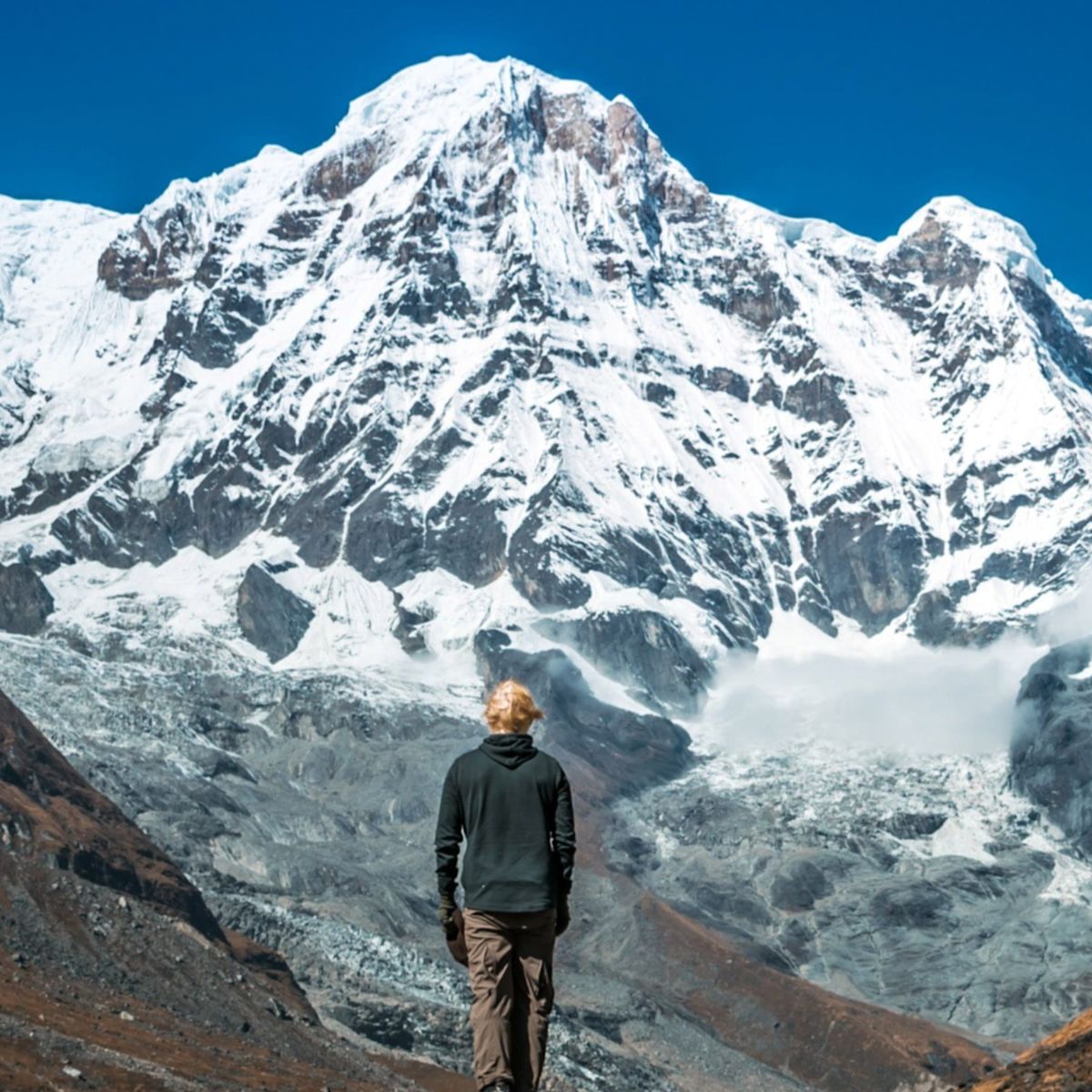
Your complete Annapurna Circuit packing list
It's essential that you pack the appropriate equipment and clothing for an Annapurna Circuit trek. We've got you covered, listing and explaining every item big and small that needs to make it into your luggage!
You can't pack for the Annapurna Circuit trek in a hurry – you need to ensure you have all of the necessary equipment.
Equipment
Duffel bag Backpack Rain cover Hydration bladder and water bottles Trekking poles Winter sleeping bag
Duffel bag
Please note that the bag you give to your porter should be a duffel bag and not a suitcase, rucksack or any other type of bag.
Zip it up!
Keep it light
Not only is 10 kg manageable for an experienced porter, but that’s the weight limit on internal airplane flights.
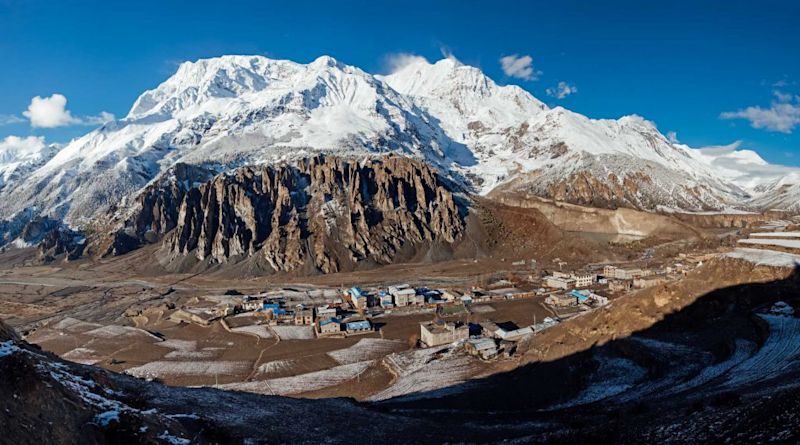
Backpack
Choose the right size
We recommend a backpack that has a capacity of around 35 to 50 litres.
Choose quality fabric
Find the right bag opening
Different backpacks open differently – you want one that doesn't spill your stuff onto the ground every time you open it.
Look for useful compartments
Look for airflow channels
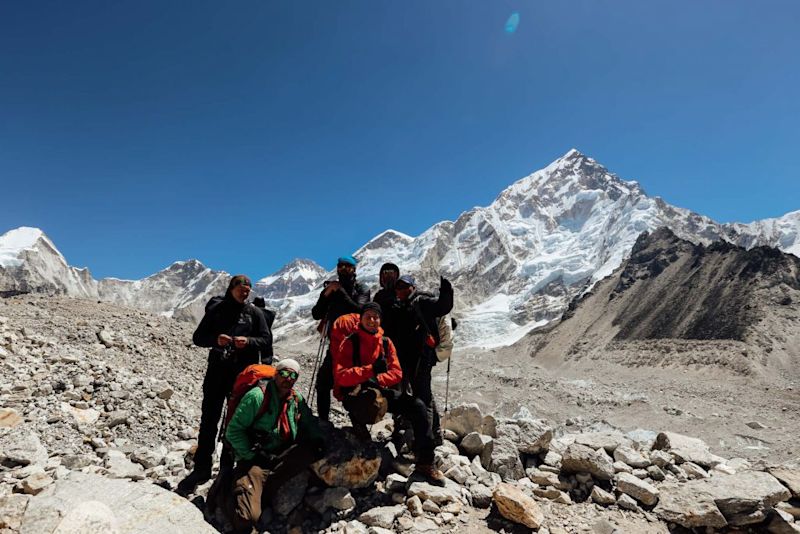
Look for the right straps and clips
Look for gear loops and lash points
Rain cover
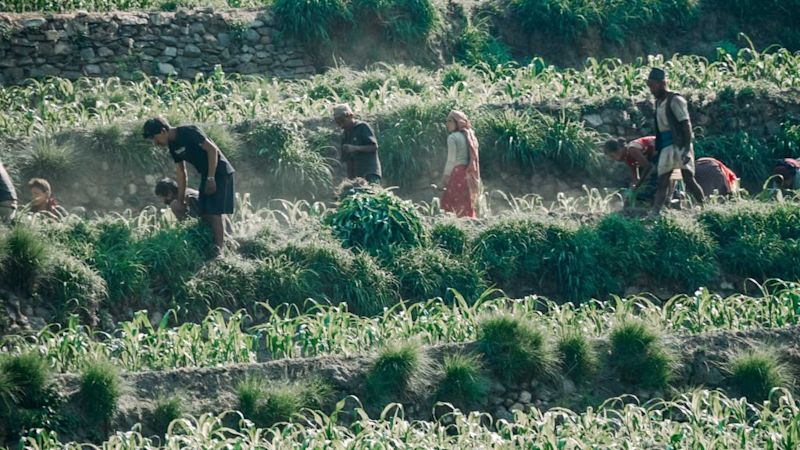
Hydration bladder and water bottles
Hydration bladder
Water bottles

Trekking poles
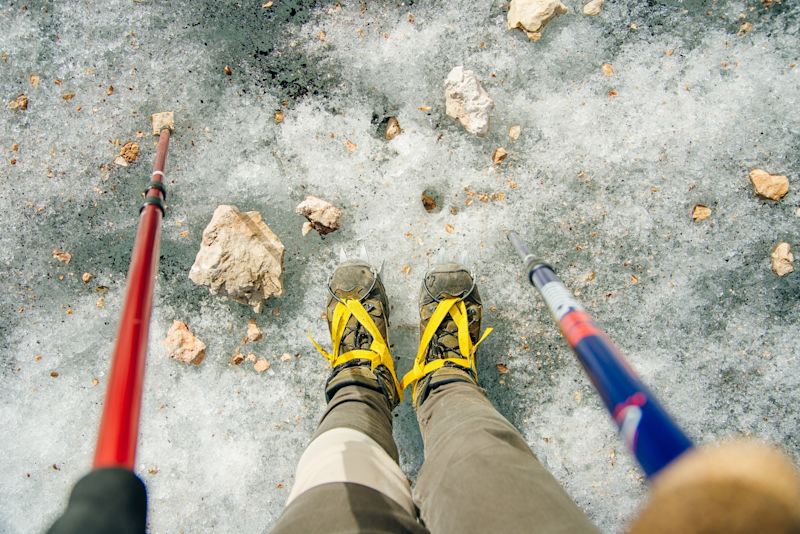
Winter sleeping bag
Temperature and insulation

Down sleeping bags are warm and lightweight, making them a great option for a high-altitude trek.
Sleeping bag shape
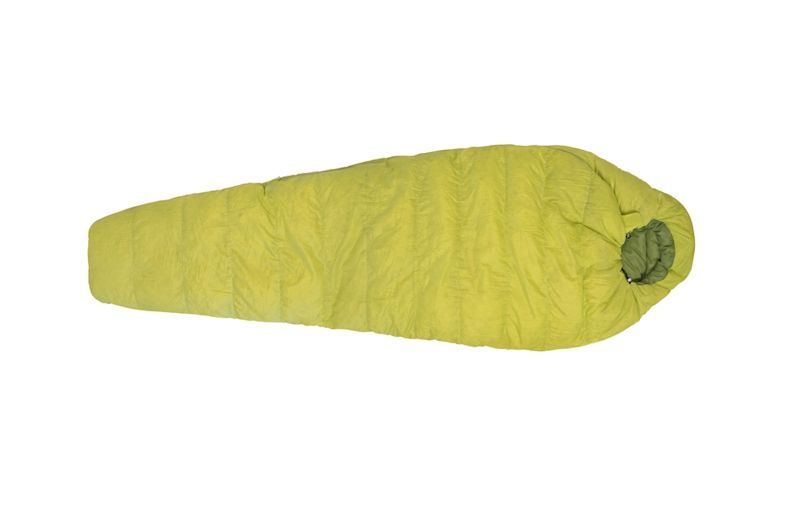
Compression stuff sack
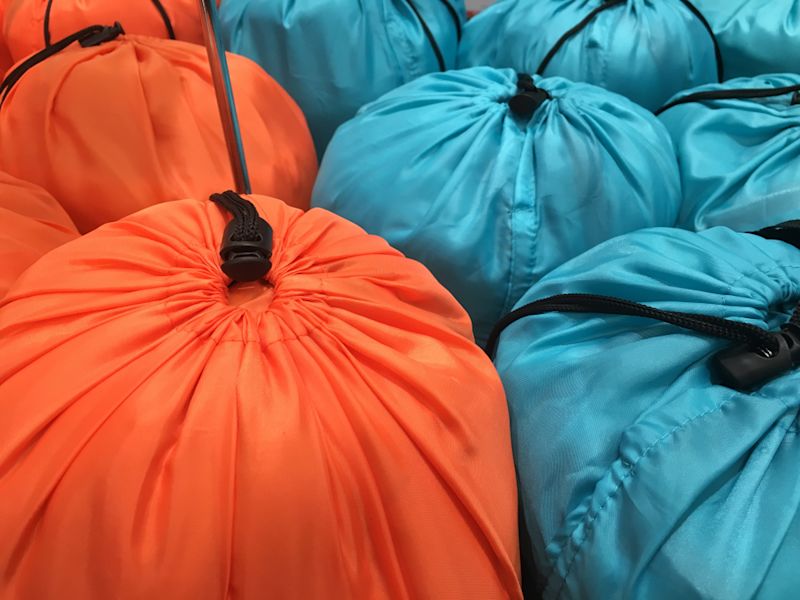
Buying vs renting vs Follow Alice bags
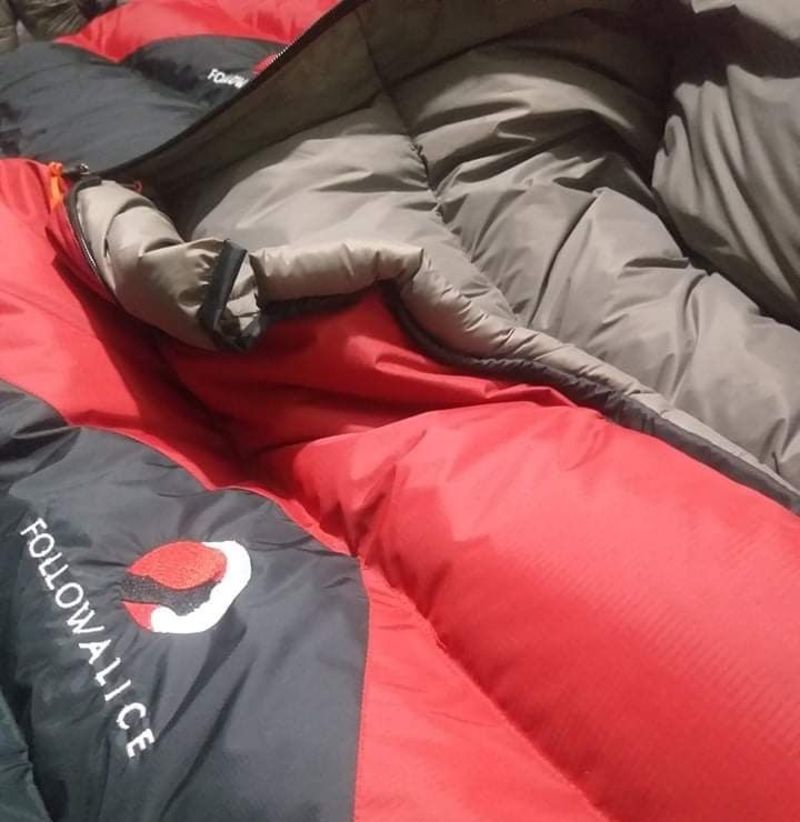
We have specially designed Follow Alice winter sleeping bags which we're happy to loan you for the duration of the trek at no extra cost!
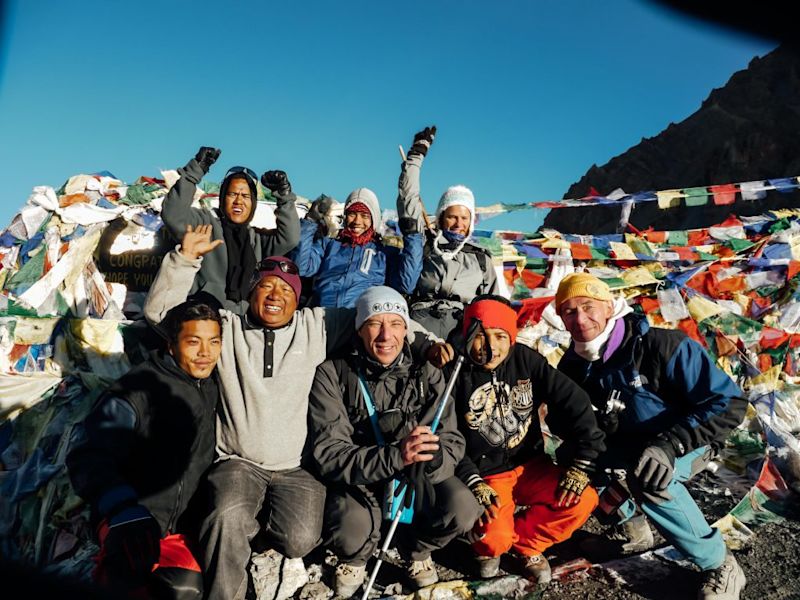
Clothing
Sports underwear Base layers House clothes Trekking shirts Trekking trousers Fleece jacket Waterproof winter jacket Windbreaker Ski trousers and/or overpants Neck gaiters or balaclavas Inner gloves Waterproof gloves or mittens Warm hat Sunhat or sports cap Spares
Sports underwear
Base layers
You want all the clothes sitting against your skin to have high wicking capability to help keep you dry.
House clothes
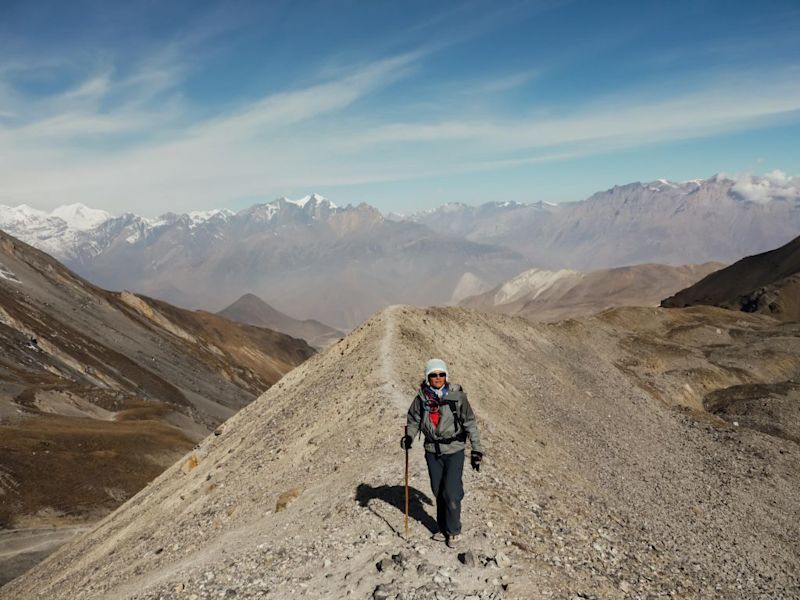
Trekking shirts
Trekking trousers
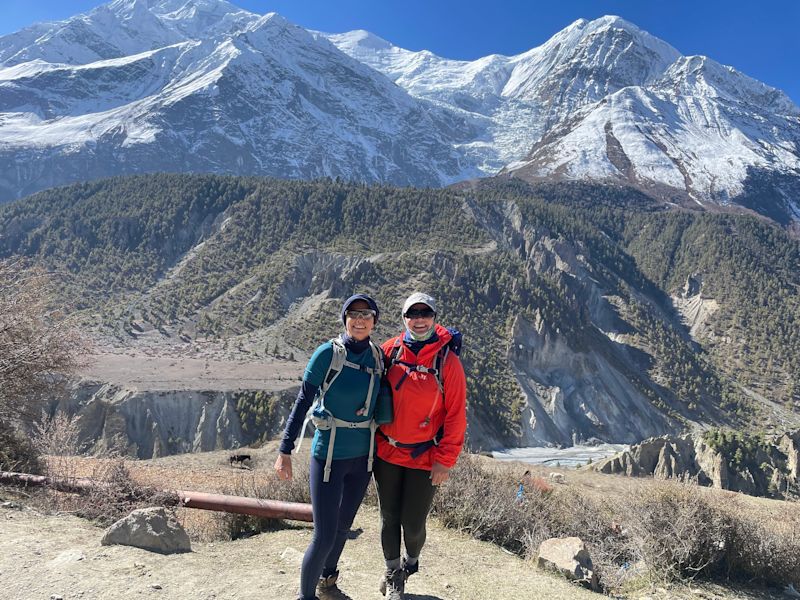
Fleece jacket
Waterproof winter jacket

Windbreaker
Ski trousers and/or overpants

Neck gaiters or balaclavas
Inner gloves
Waterproof gloves or mitts
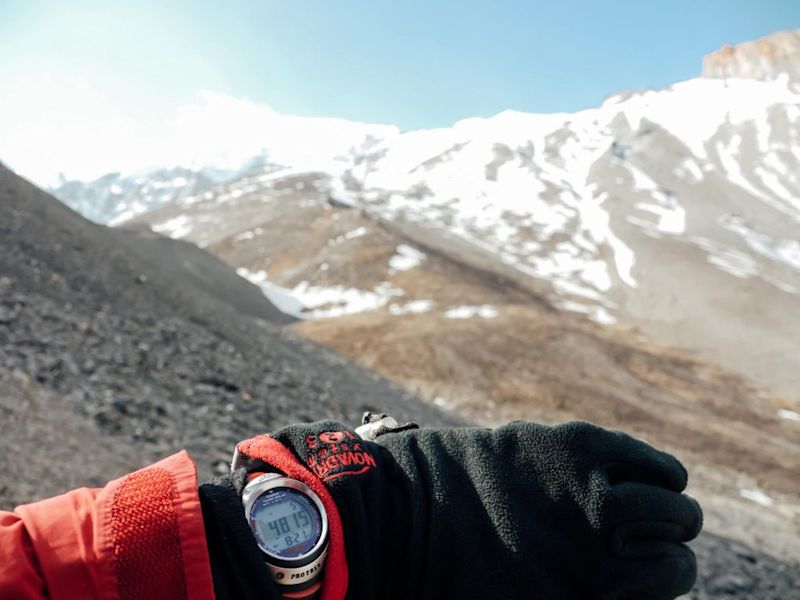
Warm hat
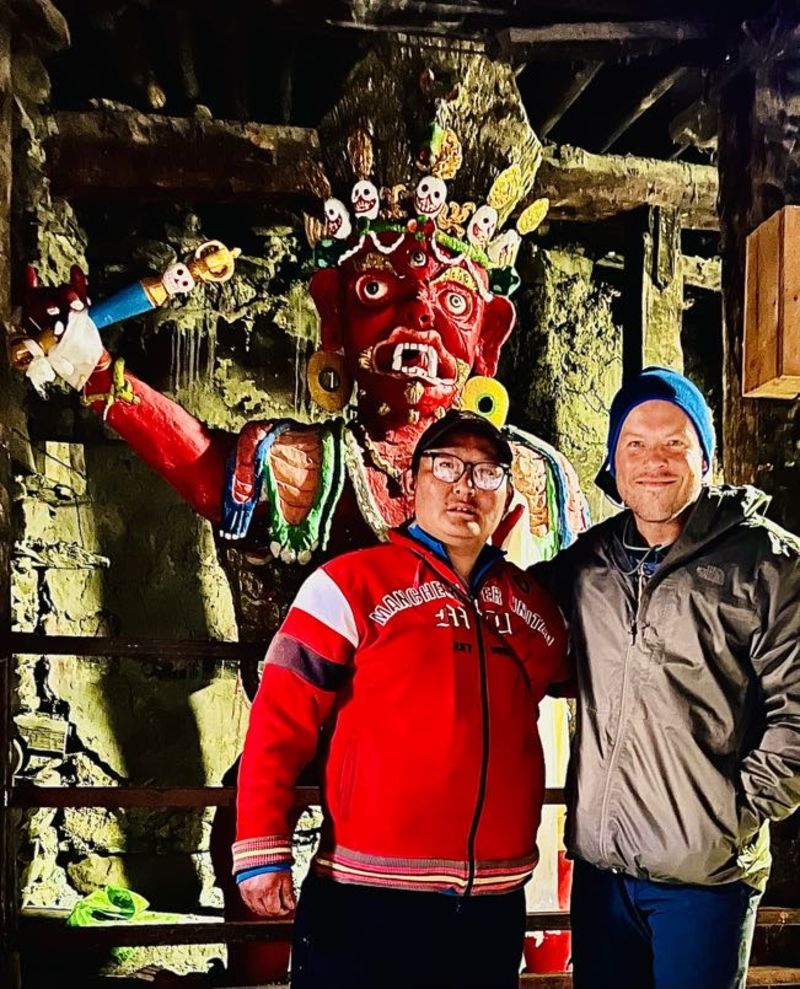
Sunhat or sports cap
Spares
Footwear
Trekking boots Trainers Hiking socks Thermal socks
Sock liners Gaiters

Trekking boots
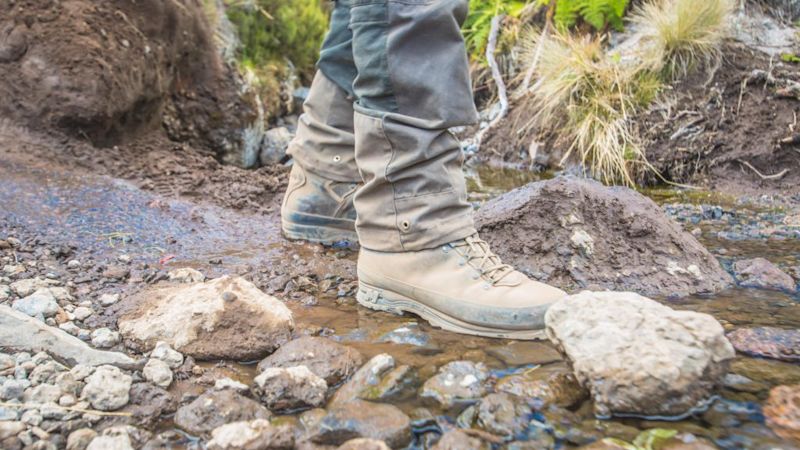
Choose the right size
Choose the right material
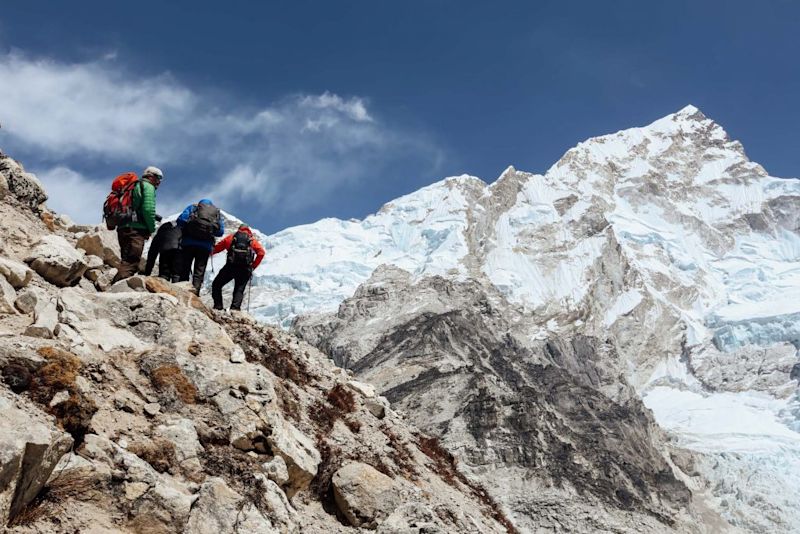
Wear them in
Trainers
Hiking socks
comfort cushioning flat seams moisture wicking
Thermal socks
Sock liners
Gaiters
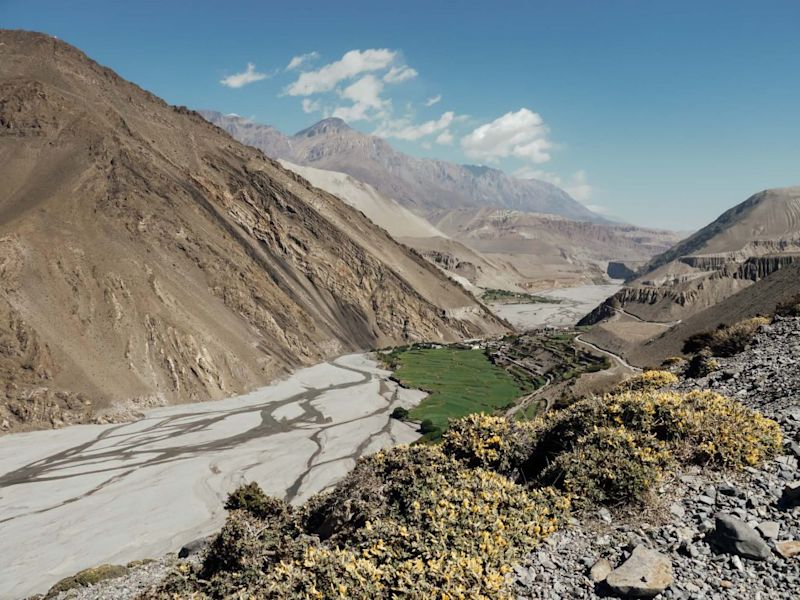
Passport and visa
Passport
Visa
Money and bank card
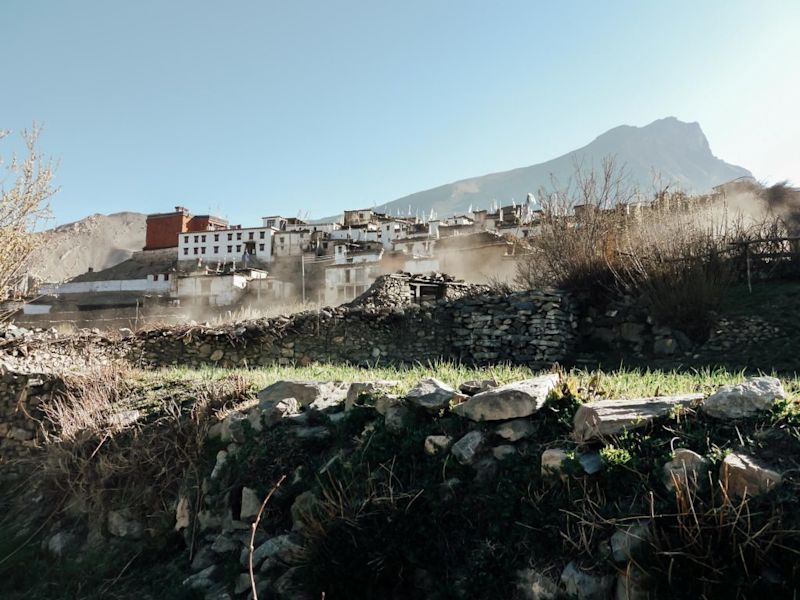
Vaccinations and first aid kit
Vaccinations
First aid kit
We recommend you visit your GP before the trip to get some anti-altitude sickness medication.
antiseptic cream plasters, blister plasters and sports tape painkillers anti-nausea, anti-diarrhoea and anti-constipation tablets* anti-bacterial meds* allergy meds petroleum jelly or anti-chafing cream throat lozenges a good multivitamin
Toiletries
toothbrush and toothpaste face wash a hardworking moisturiser hand cream lubricant eye drops SPF lip balm wet wipes waterless hand sanitiser biodegradable soap and soap box ear plugs baby powder dryer sheets
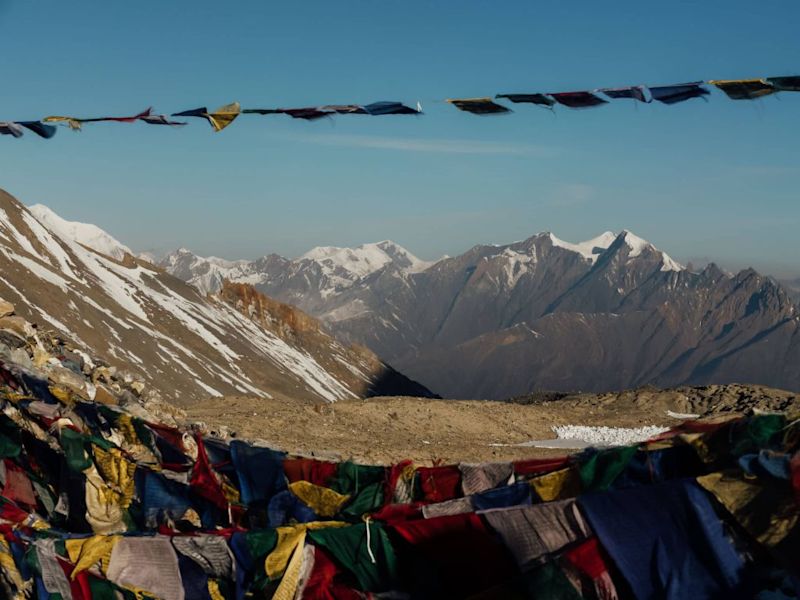
Sundries
Water purification tablets Sunscreen Sunglasses Microfibre towel Pillowcase Waterproof carrier bags Snacks Toilet rolls
Water purification tablets
Sunscreen
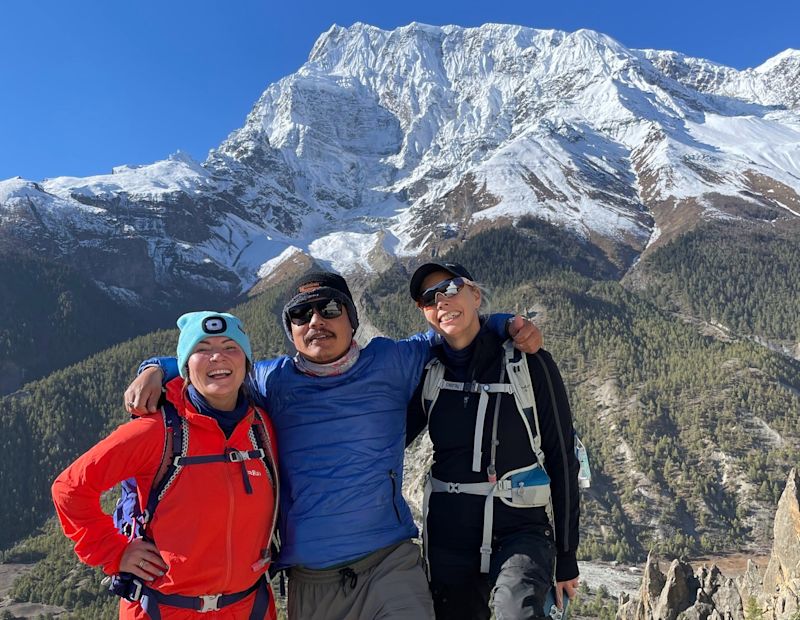
Sunglasses
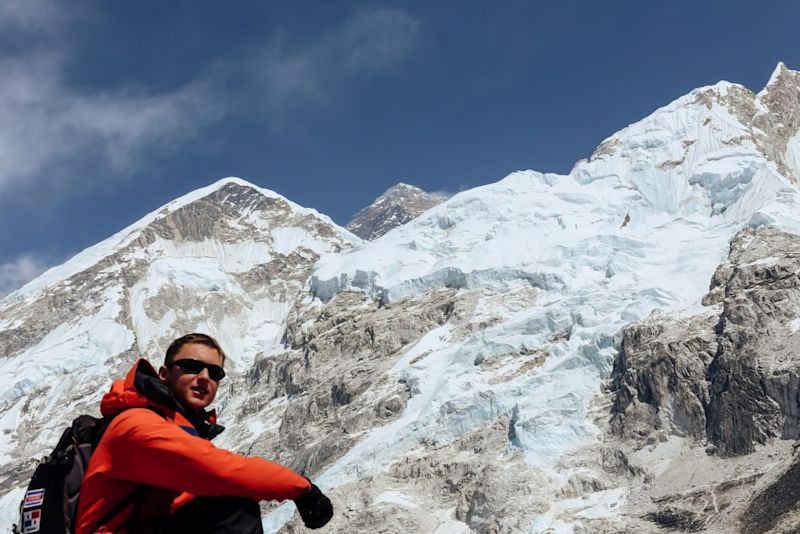
Small microfibre towel
Pillowcase
Waterproof carrier bags
Snacks
Toilet rolls
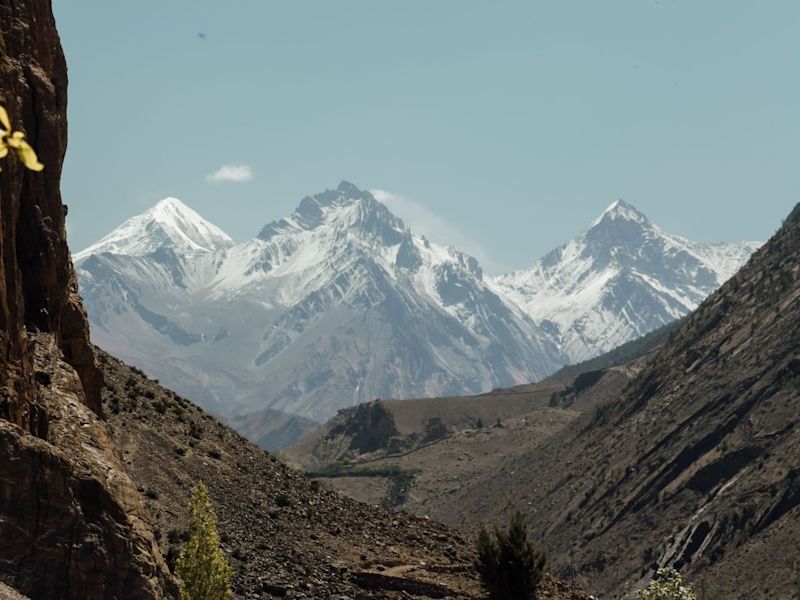
Tech items
Cellphone Camera Binoculars Headlamp E-reader Portable charger and international adapter Cables and batteries
Cellphone
Camera
Binoculars
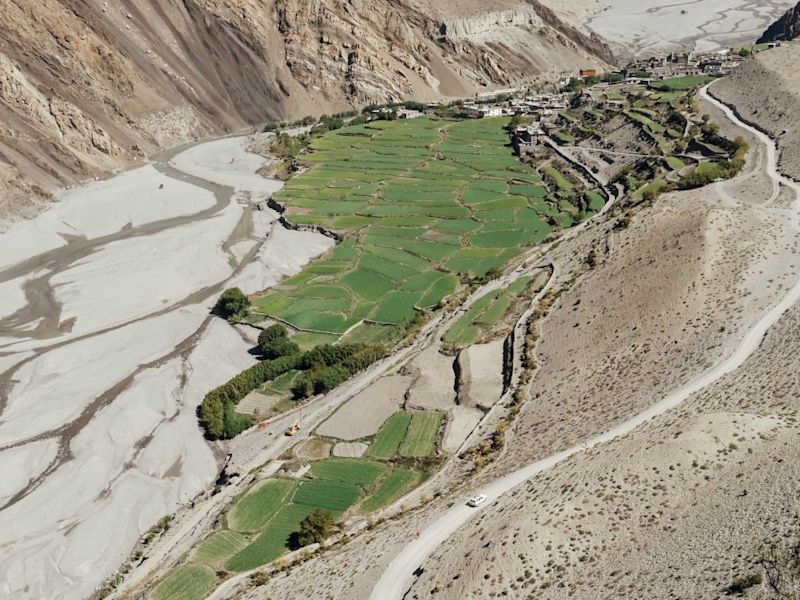
Headlamp
E-reader
Portable charger and international adapter
Cables and batteries
Optional packing list items
Sleeping bag liner Safety whistle Hand warmer or hot water bottle Playing cards Small gifts Journal and pen Annapurna map
Sleeping bag liner
Safety whistle
Hand warmer and/or hot water bottle
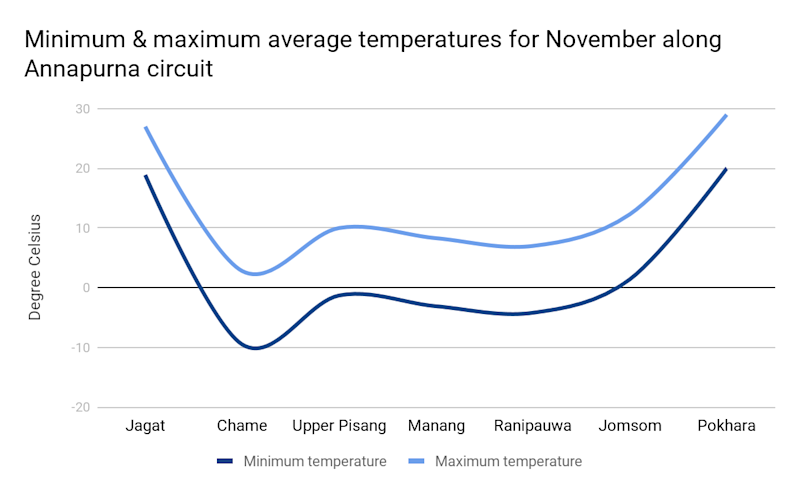
Playing cards
Small gifts
Journal and pen
Annapurna map
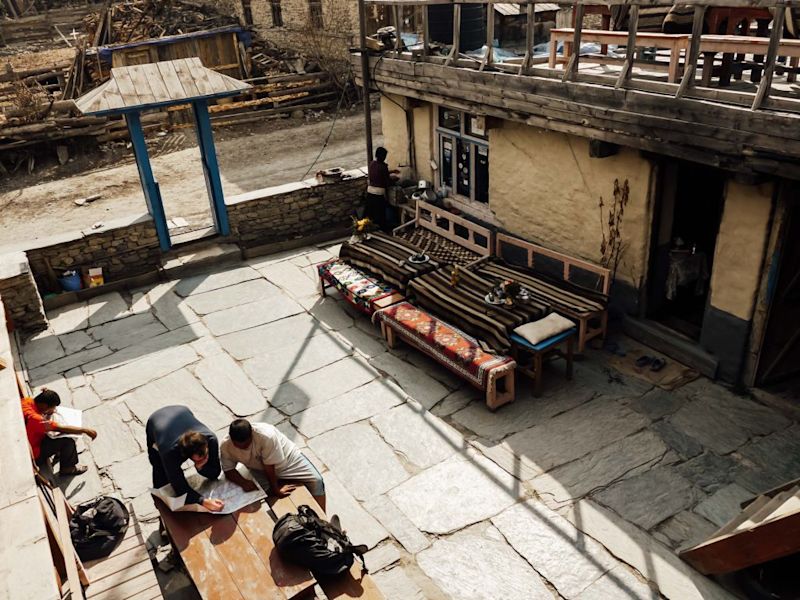
Annapurna Circuit packing tips
Tip #1: Keep important items with you at all times
Tip #2: Insulate your drinking water when trekking

Contact us